|
Earlier this year, the New York-based science magazine Nautilus Magazine wrote an article about our 2019 Geoscientists Without Borders (GWB) project “Geophysical Investigations at Holocaust Sites in Lithuania and Warsaw” https://seg.org/.../Geoscientis.../Projects/detail/lithuania The article, found in the following link, https://nautil.us/.../digging-deeper-into-holocaust-history discusses our use of technology to assist in locating and mapping mass graves. Most importantly, though, the article describes why mass grave mapping matters.
Clearly the author was particularly moved by our use of soil phosphorus as an attempted proxy for identifying human burials in our determination not to physically disturb any such burials. We thank Lisa Neville at AGAT Laboratories in Calgary for their much appreciated help with the phosphorus analyses. Colin Miazga and I, now from BGC Engineering Inc in Calgary, are back in the Baltics. We are here to carry on our pro bono work in assisting historians and archaeologists in understanding the Holocaust through continued exploration and mapping of these now seemingly featureless sites. But we are also here to make a documentary movie that defies the too often used Biblical phrase that Jews accepted their deaths “like sheep to the slaughter.” The working title of the documentary project is The Resistance Project, and the working film title is “They Fought Back.” We flew out of Calgary the 18th of July, landed in Riga, Latvia in the afternoon of the 19th, and began our field program on the morning of the 20th at the little known Concentration Camp of Jungfernhof a short bicycle ride from the wonderful Old City of Riga, on the south bank of the Daugauva River. Primo Levi described Auschwitz as a place where “Here there is no why.” As we began today to unravel the history and landscape of Jungerfernhof, it was clearly built by the Nazis with the same spirit of insanity as were the later industrialized mass execution camps.
0 Comments
Seequent, whose 3D geological visualization software we (Alastair McClymont, Colin Miazga, Eric Johnson, Paul Bauman, Chris Slater) used for our 2017 water exploration program in the Rohingya Refugee Camps of Bangladesh, wrote a short piece looking back at the project for World Water Day. What is particularly nice about the article, though, is that they embedded some of the 3D visualization interfaces so anyone can take a spin and not only get a sense of the process, but take a look at some of the geology, geophysics data, existing water wells, and aerial drone imagery as well. The link to the article is:
The Society of Exploration Geophysicists and the Foundation Geoscientists Without Borders also made a trailer for the Kakuma podcast. Many of the photographs are by Josie Bauman from Quest University Canada who was half of the documentary film crew.
PBS/NOVA has picked up the film "The Good Nazi" for viewing on all Public Broadcasting Stations in the United States. My understanding is that NOVA, being a science documentary series, will expand the science portion a bit. In Canada, the original production of "The Good Nazi", will show on Vision One. Dates and times have yet to be announced.
The trailer is riveting! I have not seen the film, but my understanding is that the cinematography is exquisite, and the personal story lines of child survivor Sidney Handler, author Michael Good, and Major Plagge are very powerful....and some good geophysics of course. When the sun sets tomorrow, the evening of Wednesday April 11, Yom HaShoah (Holocaust Memorial Day) will begin and continue until the evening of April 12. In Israel, Yom HaShoah is truly solemn, most dramatically illustrated by the 10 AM siren where everything stops for 2 minutes, and even the highways are quiet with thousands of people standing outside their vehicles in silence and pensive thought
...from a November 7, 2017 short interview interview I had on the Calgary eyeopener.
An October 26 interview with CBC Radio and TV about our upcoming water exploration program in the Rohingya Refugee camps in southeastern Bangladesh. As of today, there are about 830,000 Rohingya Muslims who have fled from Myanmar, with 620,000 having arrived only since August 25. The monsoon rains are ending, and they will need to move to yet undeveloped groundwater supplies.
Calgarians helping Rohingya refugees http://www.cbc.ca/listen/shows/calgary-eyeopener On October 29th, Alastair McClymont, Colin Miazga, Eric Johnson, Chris Slater, and Paul Bauman left Calgary and Vancouver with 24 pieces of baggage, most weighing 32 kg, for a two week water exploration program for the Rohingya Refugees in southeast Bangladesh. We left before the sun rose on Thursday, arrived in Dhaka after midnight on Saturday (minus three boxes of cables), and were menage a trois with UNHCR and Oxfam logisticians and WASH (WAter, Sanitation, and Hygiene) officers by Sunday afternoon. There was a lot to sort out – where would we go, how would we get there, and what exactly would we do.
Jet lagged with the 12 hour time difference and the stress of moving 560 kg of baggage from Calgary to Cox’s Bazar in southeastern Bangladesh, and none of us speaking a word of Bengali or Bangla as they often call the language, we worked in the more bucolic areas near, but outside the Nayapara and Leda Camps on Monday and Tuesday. Today, November 3, we began exploring for water on the edges of the camps themselves, beginning with Leda. The geology has already pulled a few surprises, but so have the Teknaf Peninsula of Bangladesh and the people that live there, including the Rohingya refugees. We are just beginning to figure out the geology; and, we are just beginning to comprehend what has happened in Myanmar since August 25th, and what is now going on within the now 850,000 person Rohingya refugee population in the southeastern most corner of Bangladesh.
This is an "immersive" virtual reality experience created by NOVA regarding the Ponar Extermination Site. Watch it on your phone to fully enjoy the experience!
click here to experience! |
Categories
All
Archives
August 2022
|
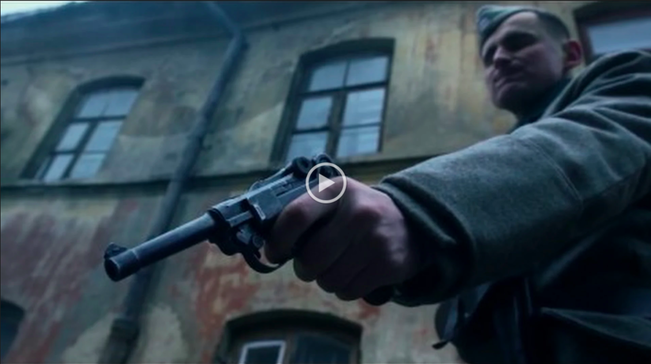
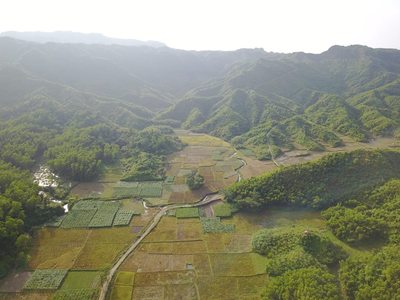
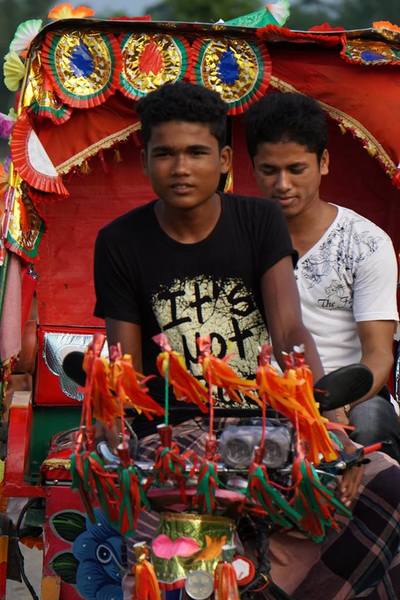
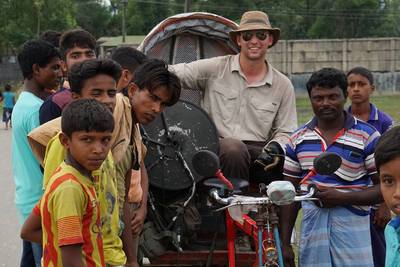
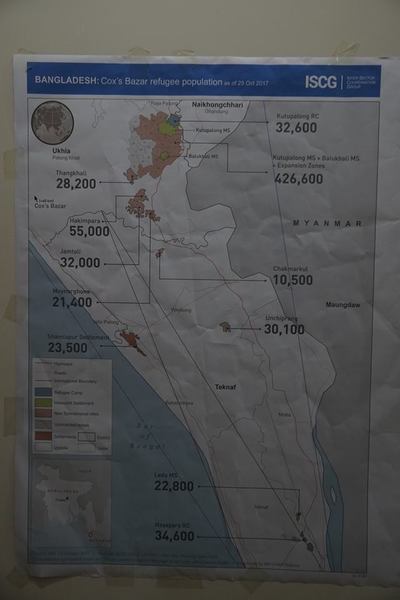
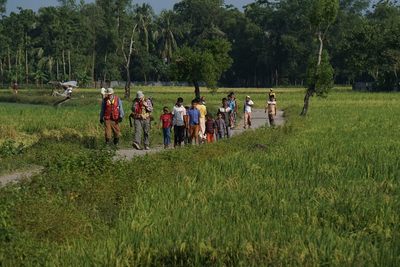
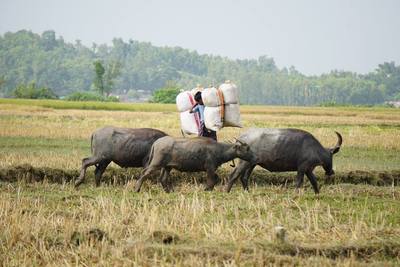
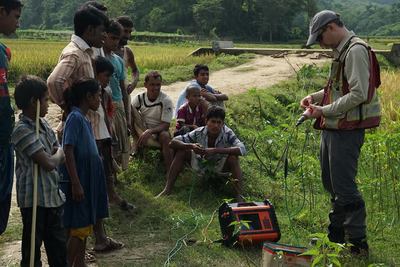

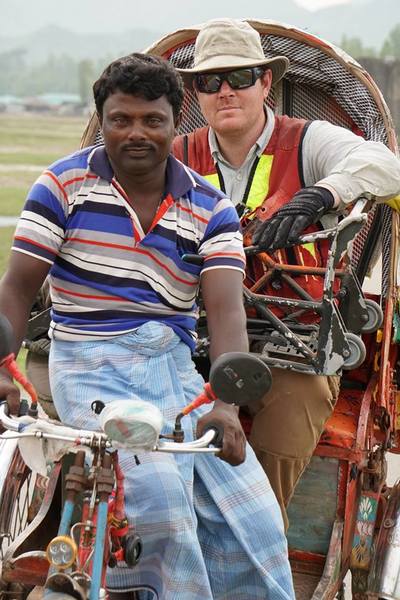
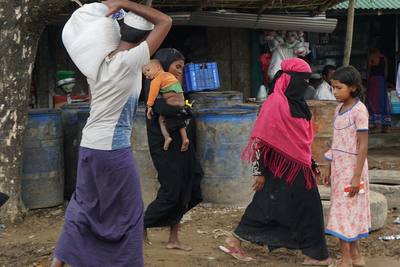
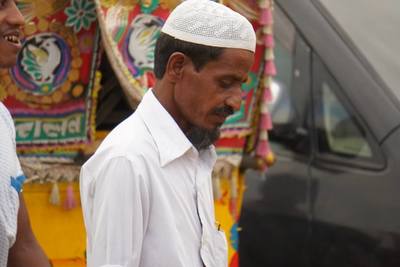
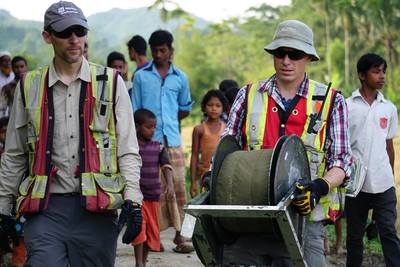
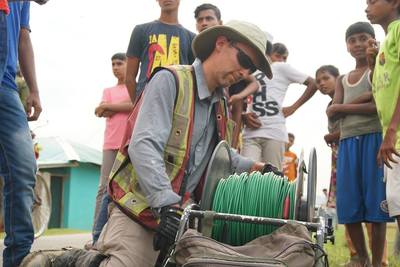
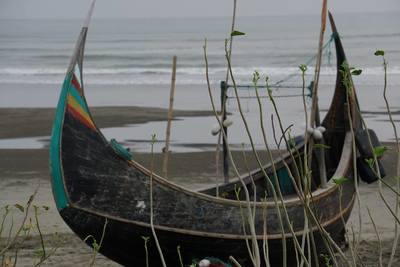
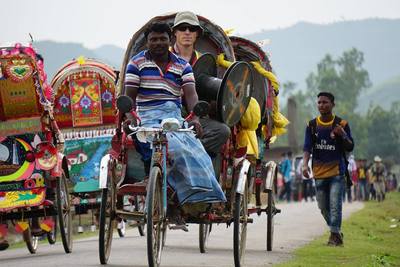

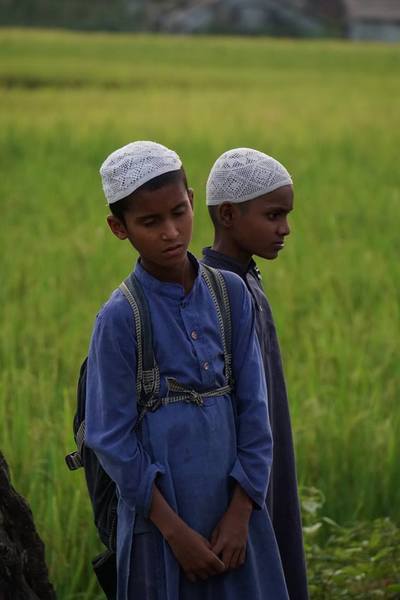
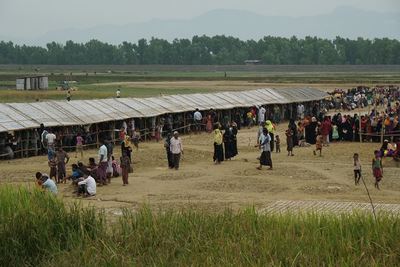
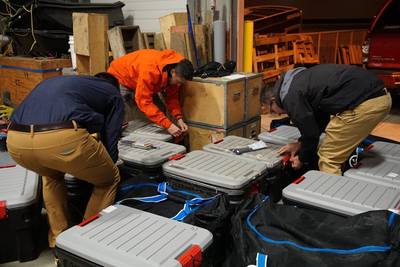
 RSS Feed
RSS Feed